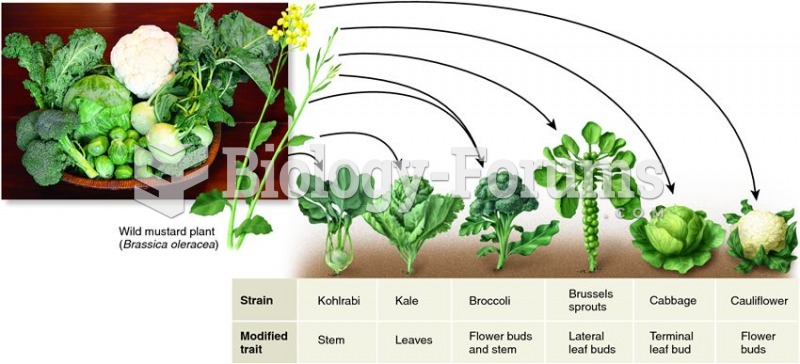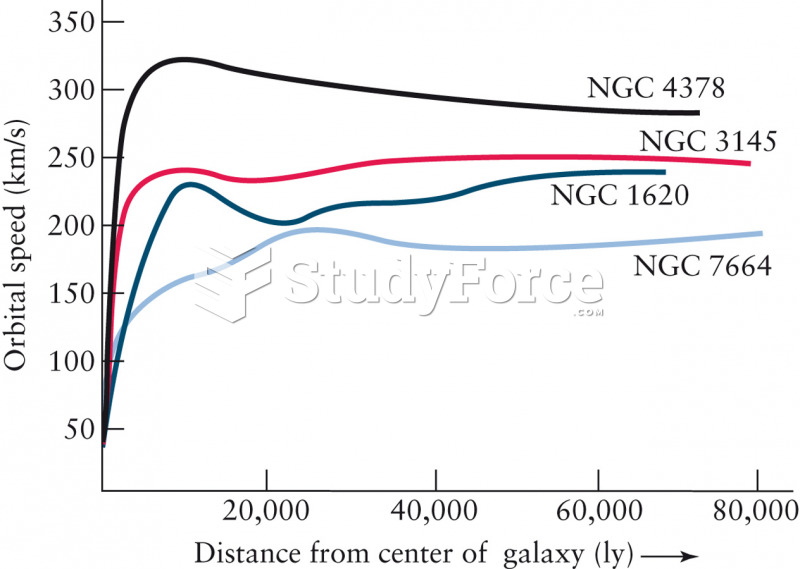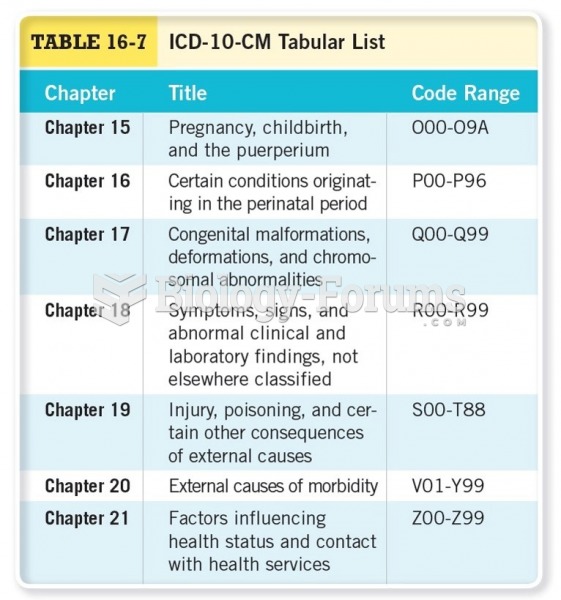Answer to Question 1
1 . Weed control. Switching of crops helps break weed cycles and reduces weed populations. For example, harvesting perennial crops like alfalfa for 2 or more years reduces annual weed seed production and kills some perennials like Canada thistle by depleting their root reserves.
2 . Disease and insect control. Rotations remove the hosts for diseases and insects. For example, soybean cyst nematode populations are greatly reduced by long-term diverse rotations that limit the host crops in the rotation. Perennials that provide dense, continuous ground cover can also provide habitat for birds and insects that consume harmful insects.
3 . Increase in soil fertility and soil quality. Crop rotations including nitrogen-fixing legumes such as alfalfa and soybean can add nitrogen to the soil for the growth of subsequent crops. On most soils, legume nitrogen is sufficient to supply the nitrogen requirements of a subsequent corn crop. In addition, perennial crops that do not require annual tillage result in an increase of soil organic matter and other quality factors.
4 . Reduced soil erosion. Rotations that include perennial legumes and grasses that provide year round groundcover have dramatically increased water infiltration and reduced soil erosion compared to row cropping.
5 . Rotation effects. In addition to the beneficial effects due to enhanced soil fertility and pest control, unknown rotation effects occur that increase the yield of subsequent crops.
6 . Less risk. An increased diversity of crops growing on the same farm provides the potential for multiple revenue streams, a strategy to reduce the risk should a single crop fail due to disease or other loss.
7 . Recycling of nutrients. Because of greater diversity of plant rooting characteristics, there is greater opportunity for recycling of nutrients in diverse rotations. Alfalfa and perennial grasses have been shown to be effective at reducing the nitrogen (Nitrate-N) loss from tile drainage systems.
Answer to Question 2
F







